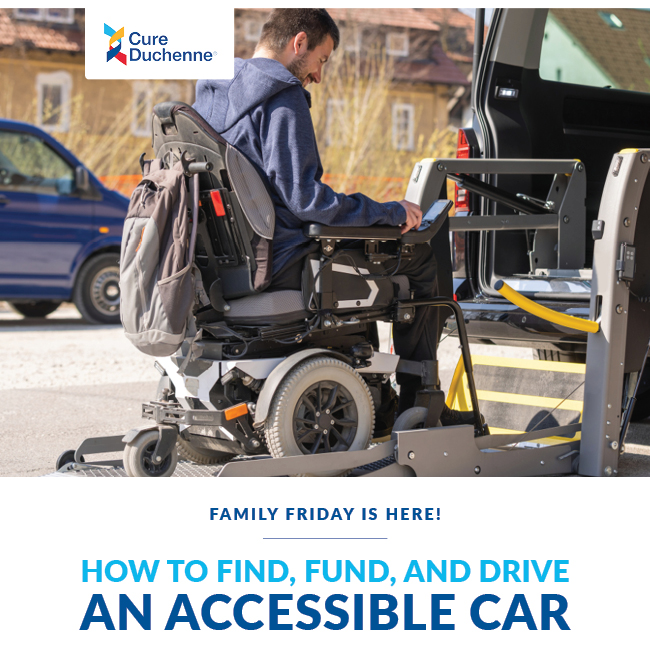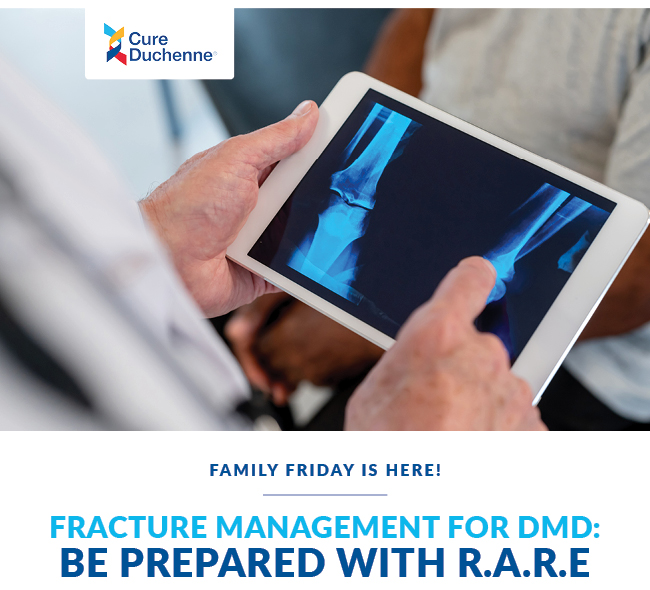24th International Annual Congress of the World Muscle Society (WMS) Day 4 Blog
Many therapies being developed for Duchenne muscular dystrophy, including gene therapies, gene editing, and some exon-skipping approaches, rely on use of a virus to get the therapeutic components inside of muscle cells. Since the most commonly used viruses for these purposes are AAVs (Adeno-Associated Viruses), many presentations covered AAVs at the 24th International Annual Congress of the World Muscle Society (WMS)
One presentation noted that 204 clinical trials have used or are currently using modified forms of AAV (also called AAV vectors) to target different diseases. While AAV is not pathogenic to humans the same way the flu or cold virus is, AAV vectors do interact with our immune systems, and this must be taken into account when using AAV vectors for therapeutic purposes. This has been an intense area of research, and as our understanding evolves, scientists are using that knowledge to make treatments safer and more effective.

Pre-existing immunity occurs because humans can be exposed to AAV viruses in the environment naturally and develop antibodies against them. If a person has antibodies to a particular AAV virus, it complicates using that virus to deliver a gene therapy because the antibodies will make the therapy less effective. Therefore, there is much effort to develop ways overcome this limitation, such as making modifications in existing AAVs to create new forms that humans would not have been exposed to or using methods to shield the AAV vector from the pre-existing antibodies.
During and immediately after the infusion of the AAV-based therapy, there is also a rapid immune response, as our bodies are designed to fight “foreign invaders,” which in this case is a large amount of AAV virus. To mitigate this risk, trials can use immunomodulatory drugs before and for a short time after treatment to dampen one or more of the problematic aspects of the acute immune response. This is occurring in some DMD trials currently.
A longer term consideration is that after being exposed to the large amount of AAV vector contained in a treatment infusion, a person will develop antibodies to the therapeutic AAV that will complicate giving that treatment again (for example, if a re-dose is needed in future). Therefore, researchers are working on strategies that will overcome this issue and allow for future redosing. Examples of possible strategies being explored include: using immunosuppression drugs; removal of antibodies from the blood (plasmapheresis); use of a modified or different viral vector. This is also an area we expect to see much innovation in the coming years.




